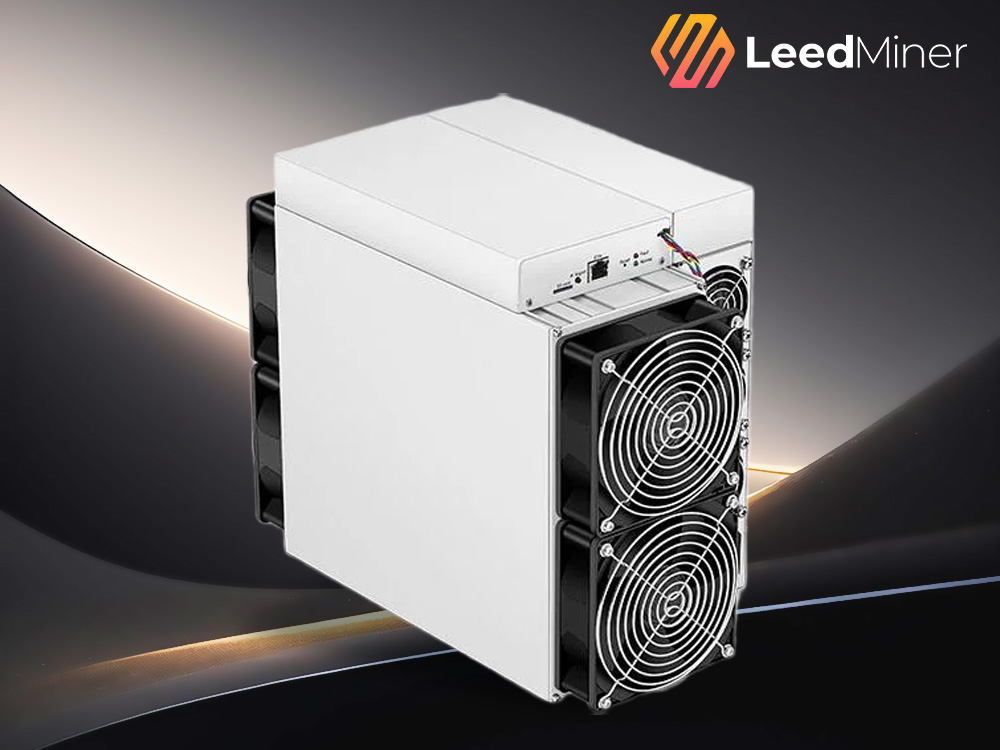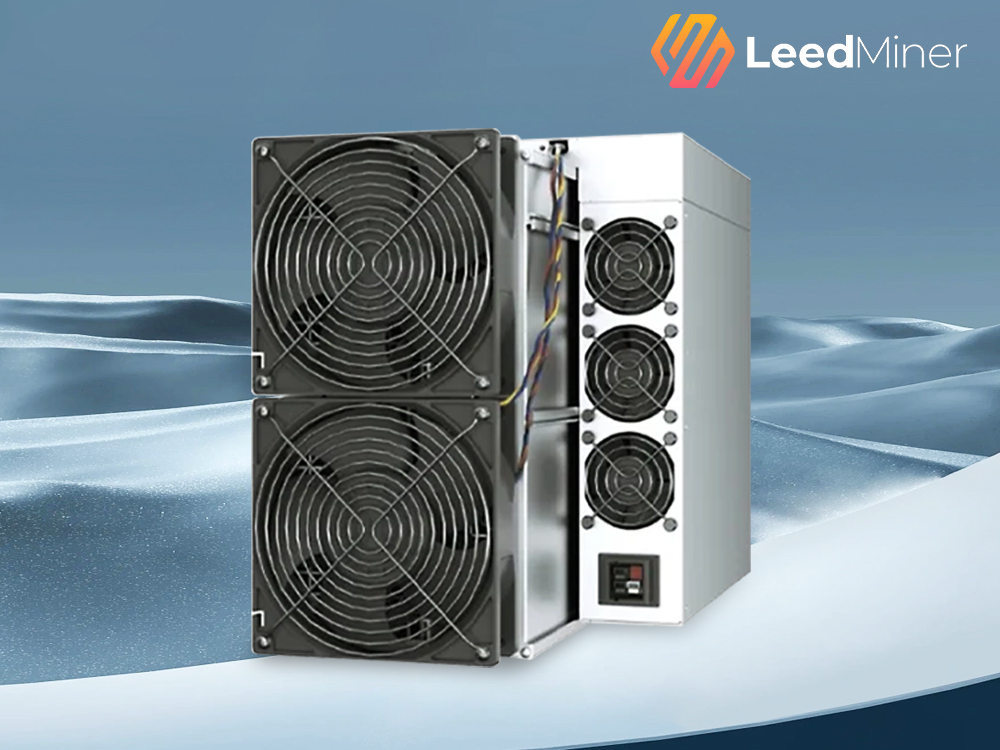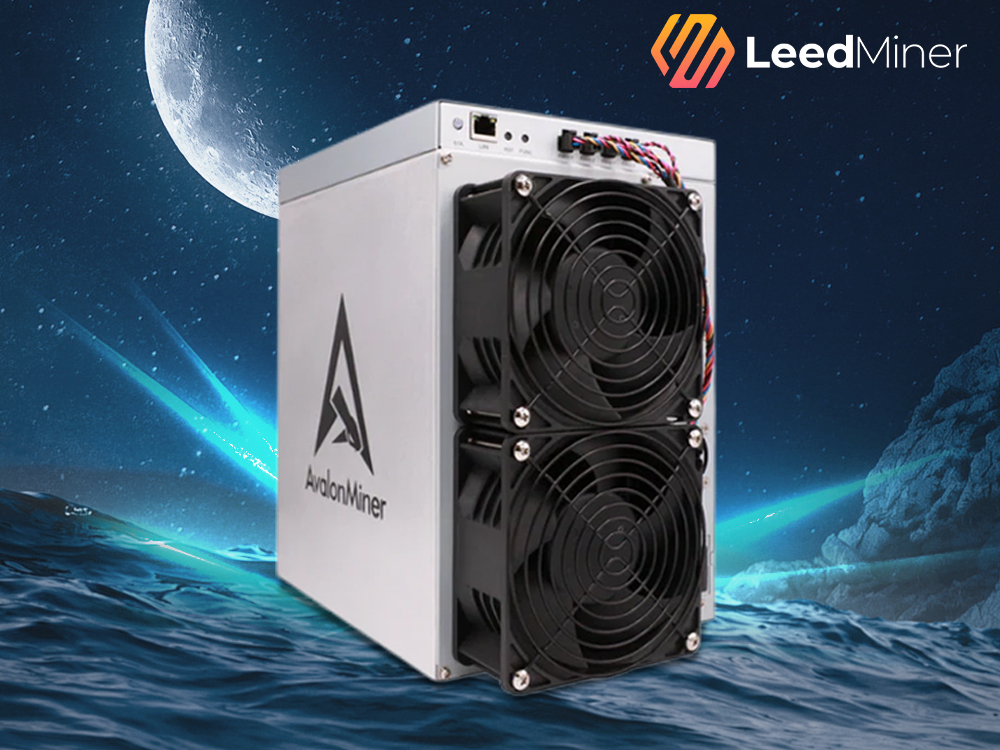Summary
The Bitmain ANTRACK V1 24kW Hydro Mining Rack is a high-performance water-cooled solution for professional cryptocurrency mining setups. This guide provides step-by-step instructions for installation, operation, maintenance, and troubleshooting, ensuring optimal performance and longevity.
1. About This Manual
1.1 Scope of Application
This manual applies to the Bitmain ANTRACK V1 hydro cooling system, providing guidance for installation, operation, and maintenance.
1.2 Target Audience
Intended for professional technicians with expertise in:
Electronics, electrical circuits, and machinery
Reading electrical and mechanical schematics
Liquid cooling systems operation and maintenance
Installation and commissioning of high-performance electrical equipment
1.3 How to Use This Manual
Read the guide carefully before use.
The latest manual version is available at Bitmain official website.
Actual product specifications take precedence over manual illustrations.
1.4 Symbolic Conventions
The manual uses symbols to highlight safety instructions, cautions, and warnings for efficient and safe operation.
2. Overview of ANTRACK V1
2.1 Working Principle
The ANTRACK V1 provides efficient liquid cooling for high-computing servers.
Coolant (pure water or glycol antifreeze) absorbs heat from the servers and transfers it to a heat exchanger.
Fans draw air through the heat exchanger to dissipate heat, and the coolant circulates continuously.
2.2 System Composition
Cabinet Frame: Houses all components securely.
High-Efficiency Heat Exchanger: Closed-loop system to dissipate heat.
Fans: Forced airflow to cool coolant.
Circulating Pump: Powers coolant circulation.
Temperature Control System: Regulates fan operation based on water outlet temperature.
2.3 Control Modes
Automatic mode: Fans operate according to temperature control system.
Manual mode: Fans can be manually started/stopped via touchscreen.
2.4 Ports
Manual refill port (D10 tubing)
Manual drain lines (D10 tubing)
External outlet thread plate (G1)
Refer to system diagrams for exact locations.
2.5 Environmental Requirements
Storage: -40°C–70°C, 5%–90% RH, dust-free Operation: -40°C–45°C, ≤2000m altitude, 3-phase 400V ±5%, 50/60Hz, horizontal outdoor mount
3. Installation Instructions
3.1 Precautions
Inspect all surfaces for damage upon delivery.
Ensure environment meets ventilation, pipeline, and maintenance requirements.
Install according to design drawings, leaving adequate maintenance space.
3.2 Tools Required
Screwdrivers, torque wrench, lifting equipment, and other installation tools (refer to Table 5-1).
3.3 Transportation & Inspection
Inspect for collisions/scratches.
Verify accessories count per the included list.
3.4 Installation Requirements
Maintain 1 meter clearance around the cabinet.
Secure components to withstand transport (sea, land, air).
Ensure cables meet local safety regulations.
3.5 High-Performance Server Installation
Place server on cabinet shelf and lock with sheet metal strips (see Figure 5-1).
4. System Liquid Filling
Remove cabinet top cover and connect D10 water pipe to injection port and water tank.
Open injection port valve and fill coolant into the system.
When water reaches the fourth pipe layer, start the pump for circulation.
Pull the automatic exhaust valve to remove trapped air; close when liquid overflows.
Close injection port valve, disconnect tank, and run system for 30 minutes to check for leaks.
5. On-Site Installation Checks
Inspect bellows connections and seals.
Verify power distribution, wiring, and torque calibration.
Conduct leak testing before powering servers.
Follow regular liquid filling and maintenance routines.
6. Routine Failures & Troubleshooting
6.1 Antifreeze Maintenance
At ≤5°C, drain water to prevent freezing.
Use antifreeze coolant in low-temperature environments.
Drain liquid if moving from high to low temperature regions.
6.2 Fan Replacement
Power off system and drain liquid.
Disconnect fan power and remove heat exchanger.
Replace fan, reinstall components, reconnect power, and check rotation.
6.3 Automatic Exhaust Valve Replacement
Close access ball valve.
Unscrew valve for repair/replacement; seal threads.
Reinstall and test for leaks; adjust torque 4 N·m.
7. Maintenance
7.1 Routine Maintenance
Detect operational alarms early.
Identify potential risks and prevent failures.
Analyze operating trends to improve efficiency.
Follow all safety regulations and use proper PPE.
7.2 Heat Exchanger Maintenance
Power off and drain system.
Remove heat exchanger and clean fins with professional equipment.
Rinse from top to bottom until clean.
7.3 Wind Turbine Maintenance
Conduct monthly inspections and servicing.
7.4 Annual Inspection
Inspect the system at least once a year to ensure proper operation and longevity.
Conclusion
The Bitmain ANTRACK V1 24kW Hydro Mining Rack delivers reliable, high-efficiency cooling for professional mining setups. Following this guide ensures safe installation, continuous operation, and prolonged system life. Regular maintenance and adherence to safety procedures will maximize performance and minimize downtime.










